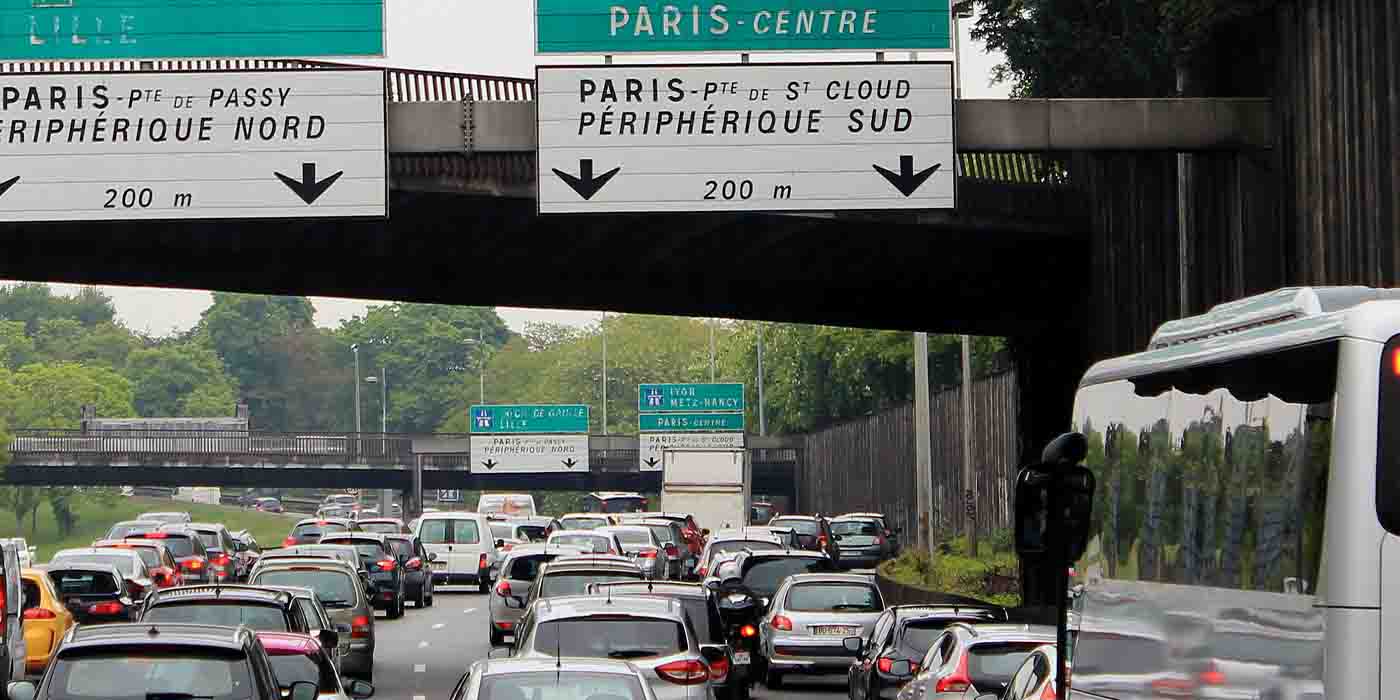
The European Union is not fooling around, and European countries are under pressure to adhere to ambitious plans to get their roadways up and ready for the total phase-out of fossil fuels in the years ahead. To this end, both France and Denmark have just announced huge investments in building out their electric vehicle charging infrastructure to adhere to new EU regulations announced this summer. France will put €200 million into expanding fast-charging stations within the country, and Denmark has earmarked €91.5 million to focus on charging for heavy-transport vehicles.
In its latest newsletter (sent via email), Advenir, a French government program dedicated to EV charging infrastructure, announced a further €200 million to add to its pot to expand the country’s charging points. The goal is to achieve 400,000 public charging points by 2030. The government plans to install at least 50,000 fast-charging units, which is all part of the new requirements of the AFIR on alternative fuels, part of the “Fit for 55” policy to decarbonize the EU economy.
Currently, France has more than 1.6 million charging points, but the vast majority of these are in homes and businesses, with only 7% public. French ministers have also announced an increase in the tax credit for buying and installing a home charging unit point to €500, compared to €300 to date.
The Danish Transport Ministry has also announced an investment of €91.5 million to build out 25 charging stations for heavy transport with the first fast-charging locations for electric trucks set to be up and running by 2025. As spotted by Electrive, they will be located along major Danish highways and have a total charging capacity of 133 MW from 175 charge points.
According to the latest EU regulations, European countries must set up fast-recharging stations of at least 150kW for cars and vans every 60 km along the EU’s main transport corridors – what’s known as the trans-European transport (TEN-T) network. For locations beyond the TEN-T network, charging locations can be set up every 100 kilometers. That rule will be expanded to heavy-duty vehicles by the end of 2027, with more than half the network covered with high-power charging stations with a minimum output of 350W.
FTC: We use income earning auto affiliate links. More.







